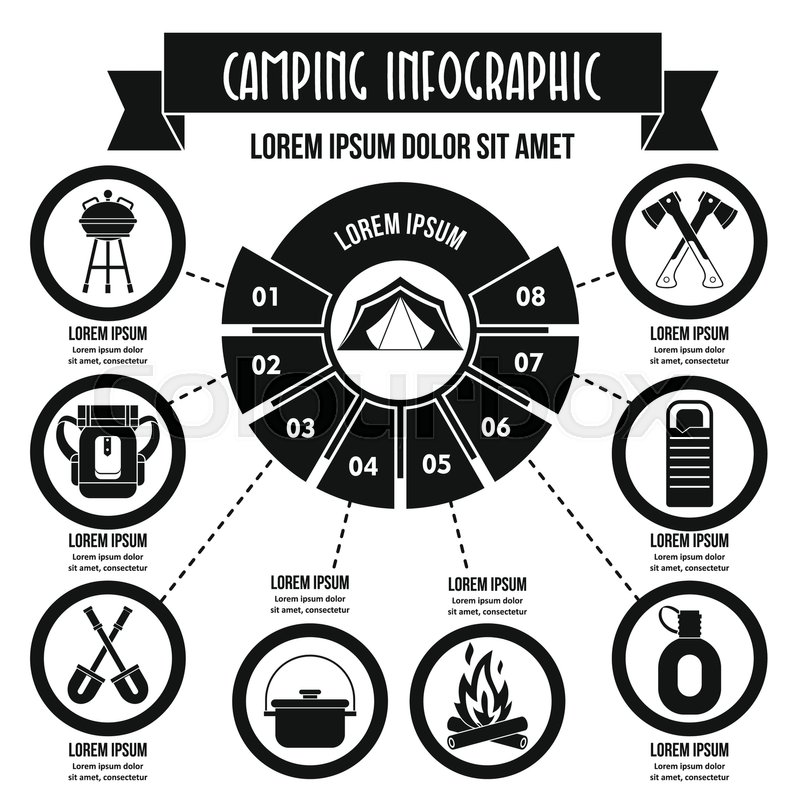Winter months outdoor camping is an enjoyable and daring experience, yet it calls for correct equipment to guarantee you remain warm. You'll need a close-fitting base layer to trap your temperature, together with an insulating coat and a water-proof covering.
You'll additionally need snow risks (or deadman supports) buried in the snow. These can be tied utilizing Bob's creative knot or a normal taut-line drawback.
Pitch Your Outdoor tents
Winter months camping can be an enjoyable and adventurous experience. Nevertheless, it is important to have the appropriate equipment and know exactly how to pitch your outdoor tents in snow. This will avoid chilly injuries like frostbite and hypothermia. It is additionally vital to eat well and stay hydrated.
When establishing camp, see to it to select a site that is sheltered from the wind and without avalanche threat. It is additionally a good idea to pack down the area around your camping tent, as this will certainly help in reducing sinking from body heat.
Before you set up your camping tent, dig pits with the exact same dimension as each of the anchor points (groundsheet rings and person lines) in the facility of the camping tent. Fill these pits with sand, rocks or perhaps things sacks loaded with snow to portable and safeguard the ground. You might additionally wish to consider a dead-man support, which entails linking camping tent lines to sticks of wood that are hidden in the snow.
Load Down the Location Around Your Camping tent
Although not a necessity in many areas, snow stakes (likewise called deadman anchors) are an exceptional enhancement to your outdoor tents pitching package when outdoor camping in deep or pressed snow. They are essentially sticks that are developed to be buried in the snow, where they will certainly ice up and develop a solid support factor. For best results, utilize a clover drawback knot on the top of the stick and bury it in a few inches of snow or sand.
Establish Your Camping tent
If you're camping in snow, it is a great idea to utilize a camping tent developed for wintertime backpacking. 3-season camping tents work fine if you are making camp below tree line and not anticipating specifically rough weather, but 4-season tents have sturdier posts and fabrics and supply even more protection from wind and hefty snowfall.
Make certain to bring appropriate insulation for your resting bag and a cozy, dry inflatable floor covering to sleep on. Blow up floor coverings are much warmer than foam and assistance stop cold spots in your outdoor tents. You can additionally include an extra mat for sitting or food preparation.
It's additionally a great idea to set up your tent near an all-natural wind block, such as a group of trees. This will make your camp extra comfy. If you can not find a windbreak, you can produce your very own by excavating openings and burying objects, such as rocks, outdoor tents risks, or "dead man" anchors (old tent individual lines) with a shovel.
Tie Down Your Tent
Snow risks aren't essential if you utilize the best techniques to secure your tent. Hidden sticks (perhaps collected on your strategy walking) and ski poles function well, as does some version of a "deadman" hidden in the snow. (The concept is to create a support that is so strong you will not be able to pull it up, despite having a lot of initiative.) Some makers make specialized dead-man anchors, yet I choose the simpleness of a taut-line hitch linked to a stick and after that buried in the snow.
Recognize the terrain around your camp, specifically if there is avalanche risk. A branch that falls on your tent might damage it or, at worst, harm you. Also watch out for pitching your tent on an incline, which can trap wind backpack and bring about collapse. A sheltered location with a low ridge or hillside is better than a high gully.
